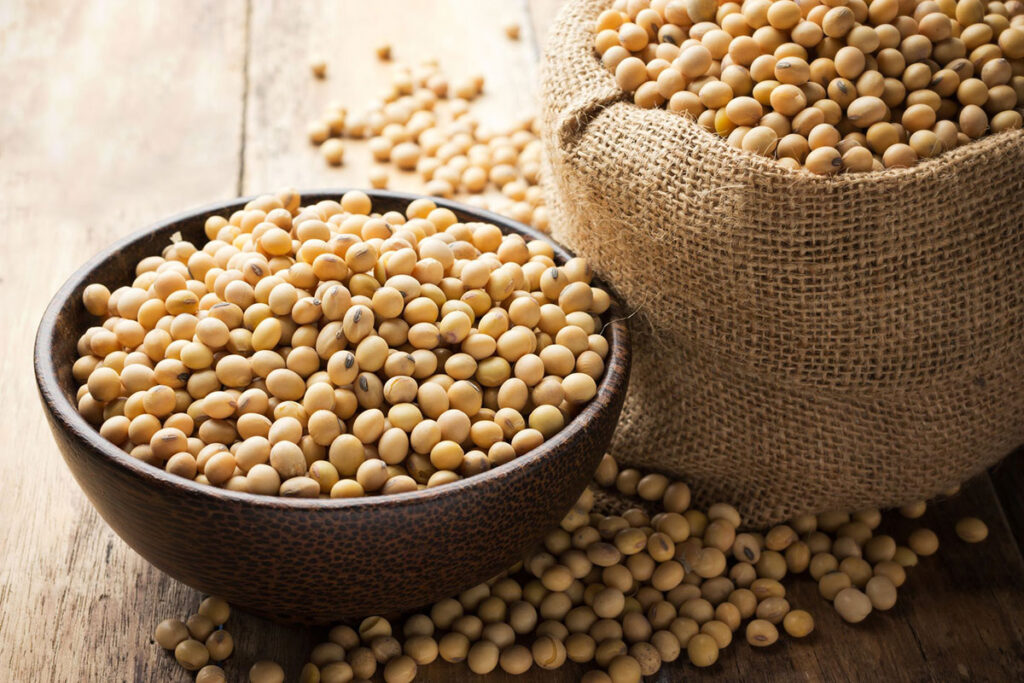The National Soyfoods Month in April encourages everyone to include soy as part of their cooking all month long. Soyfoods provide the only plant-based complete protein, which contains all essential amino acids just like animal protein. Unlike many other protein sources, soyfoods are cholesterol-free and low in saturated fat, and there is a growing body of credible scientific research to support the health benefits of soy. And that’s not all, soyfoods are pretty versatile ingredients in cooking.
As soyfoods typically exude a mild flavor, adding edamame beans or pods to home-made corn or vegetable soup not only makes it healthy and full of vitamins, but it also serves as a great winter warmer.
If you want something smooth, creamy or crunchy, go for silken tofu (bean curd) which is ideal for salad dressings. For a nuttier texture, soy nuts are a great snack, some are even coated with chocolate, spiced-honey, and other flavors.

Silken Tofu goes well with any salad. (Photo: Veggies Save The Day)
To add more fiber to your diet, soy protein is a healthier option. It’s low in saturated fat and has no cholesterol. It’s also high in polyunsaturated fat and provides essential omega-3 fatty acids which can improve your cardiovascular health.
For versatility, soy ingredients lend themselves to beverages, appetizers, entrees, side dishes and desserts. Soyfood recipes are quick and easy – and you will find heaps on the web. And, if you’re lactose intolerant, soymilk is a good substitute. It is apparently the best alternative nutrition-wise and closest to cow’s milk.

Soybeans are low in saturated fat and high in nutrients. (Photo: Women’s Health)
In today’s supermarkets and grocery stores, the selection of soy products has grown, making it easier to incorporate into our daily cooking. Whether you’re looking to add soy to your baking or your main dishes, you will find something in every aisle while shopping. From cheese and spreads to burgers, flour and snacks, soy certainly has come a long way.








